When you’re taking your first steps into photography with an interchangeable lens camera you haven’t yet invested into a system of lenses and have total freedom of choice among all the brands. You’re a free agent, open to anything out there. If you’re in this position, looking to buy your first entry-level camera, Canon is a brand you should consider. Part of why Canon makes some of the best cameras for beginners is that it often includes technology from its more advanced models in these entry-level cameras.
The best Canon cameras for beginners offer the perfect balance of user-friendliness and enough functionality for you to grow with as you advance along your photographic journey. It might be an advanced AF system or a more powerful processing engine, but Canon is great at letting its technology trickle down its range of cameras. This gives new users a taste of what’s possible.
The best beginner Canon cameras are also competitively priced. If you look at options like the full-frame mirrorless EOS RP or the small EOS 250D DSLR, both are packed with features and don’t break the bank. With APS-C camera options from Canon’s DSLR or mirrorless EOS M series, in particular, you can get a very solid camera for under £500 / $500.
- Photography for Beginners: essential techniques and which cameras to choose
Guided Interface
Another hallmark of the best Canon cameras for beginners is its Guided interface. Canon’s Guided mode is found in cameras like the EOS 800D, known as the Rebel T7i in the US, and is aimed at beginner photographers. With the Guided interface enabled, your LCD screen changes appearance depending upon the exposure mode you’ve selected on the Mode dial. And the explanations are image-led.
In aperture priority mode, for example, the on-screen Mode Guide shows two images of the same scene, one with a blurred background and the other with a sharp background. Alongside the images is some text explaining how to achieve your desired effect. For instance, ‘AV Aperture Priority AE – Adjust the level of background blur.’
Then once you reach the shooting screen another guide will show you where to place your aperture vale for a sharp or blurred background. This is just one of many helpful guides you’ll find in Canon’s Guided interface. Once you get the hang of these basics, you can then turn off Guided mode and shoot in Standard mode.
Now that we’ve summed up what makes Canon’s entry-level offerings so great, here’s our rundown of the best Canon cameras for beginners based on our tests.
The best Canon cameras for beginners
All of the options on our list of the best Canon cameras for beginners were based off our experience testing them. For a deeper dive into the many different camera types and features available, check out our range of camera buying guides.
Canon EOS Rebel SL3 / 250D
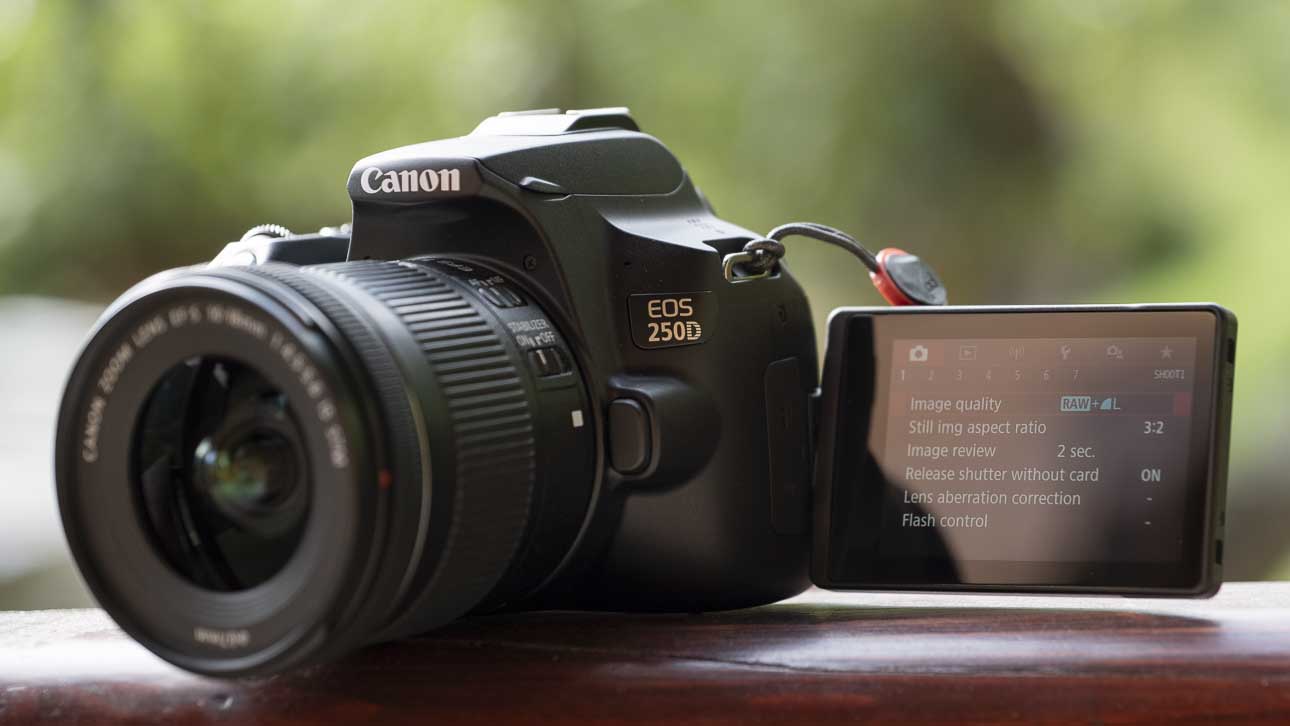
Specification
- Camera type: DSLR
- Announced: 10th April 2019
- Sensor: 24.1Mp APS-C CMOS
- Lens mount: Canon EF-S
- AF System: 9-point phase detection, Dual Pixel CMOS AF (via Live View or Video)
- Viewfinder: Pentamirror 95% coverage optical viewfinder
- Screen: 3-inch vari-angle touchscreen with 1,040,000 dots
- Max video resolution: 4K (3840 x 2160) at 23.98, 25fps
- Dimensions (W x H x D): 122.4 x 92.6 x 69.8mm
- Weight: Black/Silver 449g, White 451g
The Canon EOS 250D is called the Canon EOS Rebel SL3 and the EOS Kiss X10 in some territories and it’s built with beginner photographers in mind. It’s also the smallest DSLR with a moveable screen available and as it has a Dual Pixel CMOS sensor, its focusing system is snappy whether you compose images in the viewfinder or on the vari-angle screen.
With just 9 points available when you’re using the optical viewfinder, it’s often easier to use the screen to compose images as you can tap on the subject to get it in sharp focus.
The 250D makes a significant step up from the Canon EOS 4000D, and it’s a more versatile camera to use.
Canon has given the Rebel SL3 / 250D a choice of two interfaces that you can selected via the menu. The Guided interface which is great for beginners and the Standard interface which is better for more experienced photographer. They give the same type of information, but the Guided interface looks friendlier and is easier to understand.
There’s a 24.1Mp APS-C format sensor inside the Canon EOS Rebel SL3 / 250D and it delivers great results with a good level of detail. The camera also handles exposure and white balance well in the default settings so you can concentrate on getting the composition right.
£530
$599.99For
- APS-C format sensor
- Phase detection autofocus system in video mode
- Vari-angle touchscreen
Canon EOS RP
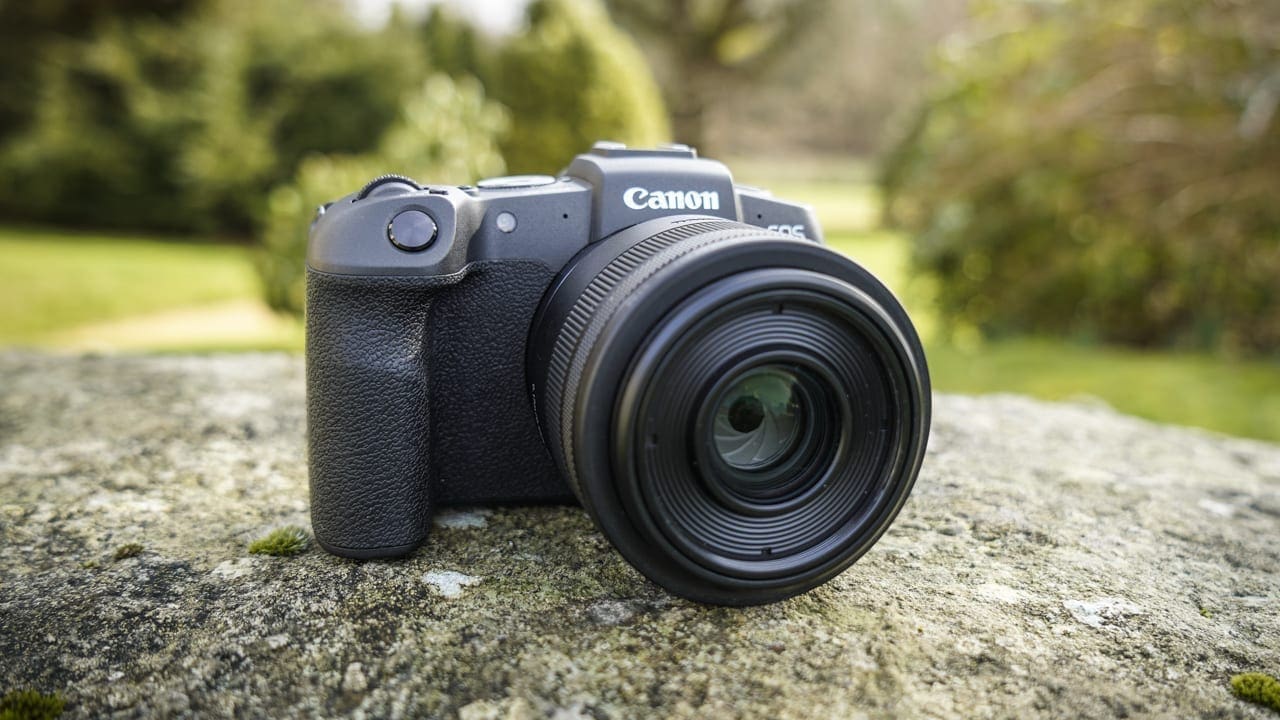
Specification
- Camera type: Mirrorless
- Announced: February 2019
- Lens mount: RF
- Sensor: 26.2Mp full-frame (35.9 x 24mm) CMOS
- Processing engine: Digic 8
- Autofocus system: Phase detection using Dual Pixel CMOS AF with 4,799 focus positions
- Sensitivity range: Stills: ISO 100-40000 expandable to ISO 50-102400, Video: 4K Auto: 100-12800, H2: 102400, Full HD/HD - Auto: 100-25600, H2:102400
- Maximum continuous shooting rate: 5fps until card full with Jpegs or 50 raw files or 4 fps with AF Tracking
- Key video specifications: 4K (3840 x 2160) at 25/23.98fps, Full HD (1920 x 1080) at 59.94/50/29.97/25fps)
- Viewfinder: 0.39-inch 2.36-million-dot OLED
- Screen: Vari-angle 3-inch Clear View LCD II touchscreen with 1.04 million dots
- Dimensions (WxHxD): 132.5 x 85.0 x 70.0mm
- Weight: 485g with memory card and battery
The Canon EOS RP sits at the bottom of its mirrorless EOS R system as its best beginner full-frame camera. And with 26.2million effective pixels, the RP’s sensor is very similar to the 6D Mark II, Canon’s other ‘entry-level full-frame’ option. The feature set is also familiar, but the architecture has been reworked for the new body and RF lens mount.
Canon is aiming the EOS RP at those photographers who are a little more advanced than raw beginners, people who understand the basics of exposure and want to take their photography to the next level with the benefits of full-frame resolution. And with a launch price of £1,399/$1,499, the Canon EOS RP is attracted a lot of attention from the start.
That price is without a lens, but Canon UK includes the RF to EF adapter in the box. That means if you already own EF lenses, they’ll work on the RP.
There’s a lot to like about the RP. It’s image quality is superb; the 26.2MP sensor is capable of capturing a good level of detail and both exposure and colour are handled well. It’s small, lightweight design also means you can take it anywhere.
The touch control is superbly implemented on a vari-angle screen, and there’s a good level of customisation.
Canon has given the EOS RP an impressively-well specified autofocus (AF) system. As you’d expect with Canon, the imaging sensor is a Dual Pixel CMOS AF device, which means that the focusing uses phase detection. That’s usually faster than contrast detection.
The Dual Pixel design means that every photoreceptor is split in two so they can all play a part in focusing. There are 4,779 user-selectable AF points which cover 88% of the width and 100% of the height of the frame.
According to Canon, the RP’s AF system is operational down to -5EV when using an f/1.2 lens. That’s 1 stop behind the EOS R, but impressive nevertheless.
Face and Eye detection is also on hand and the Eye detection works with continuous AF.
While it’s more expensive than the other Canon cameras on our list, what you get for your money is outstanding value.
£1049
$999For
- Compact full-frame body
- Vari-angle touchscreen
- Attractively priced
Canon PowerShot G7 X Mark III
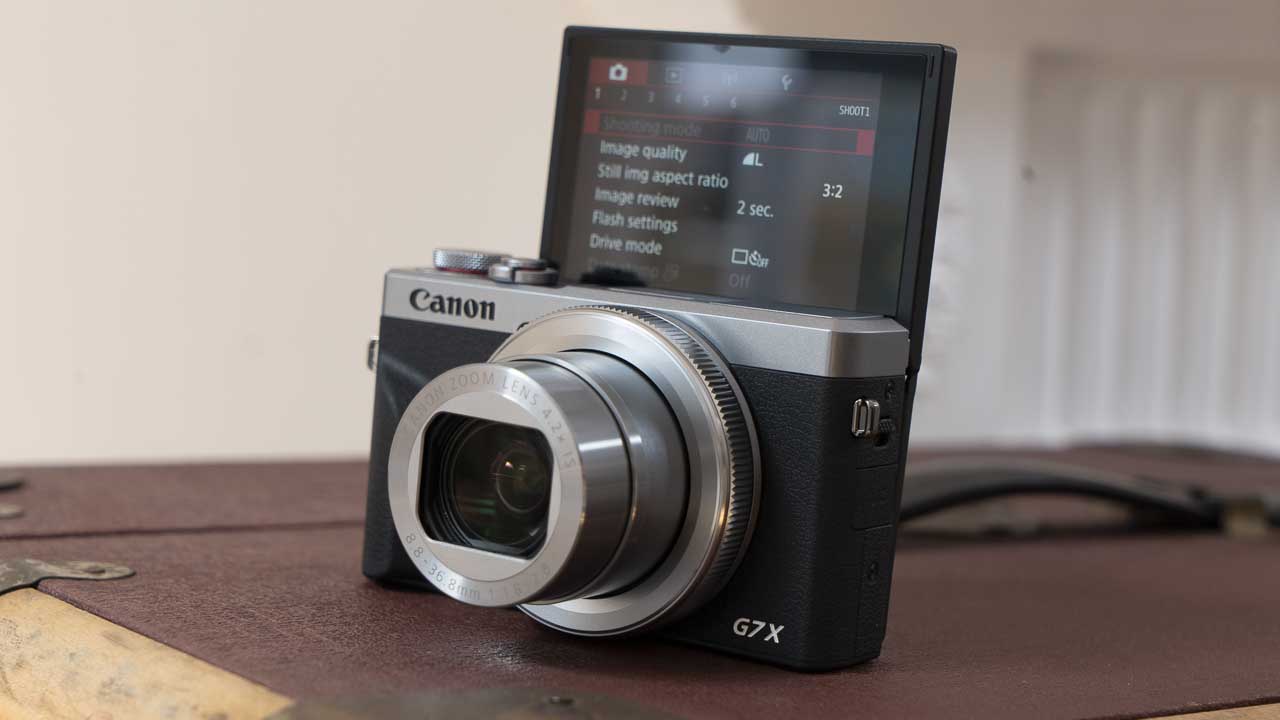
Specification
- Camera type: Compact
- Sensor: 20.1Mp 1-inch type Stacked CMOS
- Lens: 24-100mm (35mm equivalent) f/1.8 – f/2.8
- Viewfinder: 0.39-inch type 2,360,000-dot OLED
- Screen: 3-inch 1,040,000-dot tilting touchscreen
- Autofocus system: AiAF (31-point, Face Detection or Touch AF with Object and Face Select and Track), 1-point AF (any position or fixed centre)
- Sensitivity range: ISO 125-12,800 expandable to ISO 25,600
- Dimensions (W x H x D): 105.5 x 60.9 x 41.4mm
- Weight: 304g with battery and memory card
Like the PowerShot G5 X II announced at the same time, the PowerShot G7 X Mark III has a 20.1Mp 1-inch type stacked CMOS sensor. This is a new sensor design for Canon and combined with the Canon Digic 8 processing engine, it enables very fast continuous shooting rates.
Again like the PowerShot G5 X II, the G7 X III can shoot at up to 30fps (frames per second) in RAW Burst Mode for up to 70 images. Alternatively, it can shoot at 20fps for up to 89 C-RAW files, 55 RAW images or 118 Jpegs.
This sensor is fronted by an 8.8 – 36.8mm f/1.8-2.8 stabilised lens which has a 35mm focal length equivalence of 24 – 100mm. The 24mm end is a good option for arm’s-length video when looking at the screen flipped-up above the camera.
The Canon PowerShot G7 X Mark III has proved an immensely popular camera for beginners with ambitions of becoming content creators on Instagram and YouTube. The addition of 4K video and the live streaming capability, as well as video-friendly features such as a 3.5mm mic port, make it a great option at its price point. Anyone looking to reach an audience quickly and easily should strongly consider the G7 X Mark III.
£700
$699.99For
- Live-streaming possible
- No cropping in 4K video mode
- Excellent blend of touch and button/dial control
Canon EOS M50 Mark II
Specification
- Camera type: Mirrorless
- Announced: USA: 14th October 2020, UK: 25th February 2021
- Sensor: 24.1Mp APS-C format (22.3 x 14.9mm) CMOS
- Processor: Digic 8
- Lens mount: Canon EF-M
- Sensitivity range: Stills: ISO 100-25,600 expandable to ISO 51,200, 4K Video: ISO 100-6400, Full HD & HD: ISO 100-12,800 expandable to ISO 25,600
- AF system: Dual Pixel CMOS phase detection with up to 3975 positions and 143 automatically selectable points
- Viewfinder: 0.39-type 2,360,000-dots OLED EVF
- Screen: Touch-sensitive vari-angle 3.0-inch LCD with 1,040,000 dots
- Video resolution: 4K (3840 x 2160) at 23.98, 25 fps Full HD: (1920 x 1080) at 59.94, 50, 29.97, 25, 23.976 fps), HD (1280 x 720) at 119.9, 100, 59.94, 50 fps
- Max continuous shooting rate: 10fps for up to 36Jpegs or 10 raw files
- Shutter speed range: 30-1/400 sec, Bulb
- Built-in flash: GN (ISO 100) 5
- Battery: Li-ion LP-E12, Viewfinder: Approx. 250 shots Live view: Approx 305 shots
- Dimensions (W x H x D): 116.3 x 88.1 x 58.7mm
- Weight: 387g (black), 390g (white) including battery and memory card
The Canon EOS M50 Mark II is a relatively modest update on one of Canon’s most popular mirrorless cameras, but it still packs a lot of punch. Inside it has the same 24MP APS-C format sensor paired with the same Digic 8 processing engine.
Like its predecessor, the Canon EOS M50 Mark II can shoot 4K video at up to 24p but there’s an additional 1.5x crop applied to the framing and the autofocus system relies on contrast detection. Switch to Full HD or stills shooting and the phase detection system that is enabled by the Dual Pixel sensor design becomes active.
The key upgrades made for the Mark II are eye tracking in both stills and video mode, vertical video recording and the ability to stream live to YouTube video a smartphone hotspot.
The EOS M50 Mark II is one of the best Canon cameras for beginners because it’s small, easy to use but also has enough functionality for you to explore your interests. If you want to shoot stills, it has a solid AF system. If you want to try your hand at vlogging and streaming, it has some excellent video features for a camera in this price bracket.
£589
$599For
- Excellent image quality
- Superb implementation of touch-control
- Good-quality viewfinder built-in
Canon EOS 2000D / EOS Rebel T7
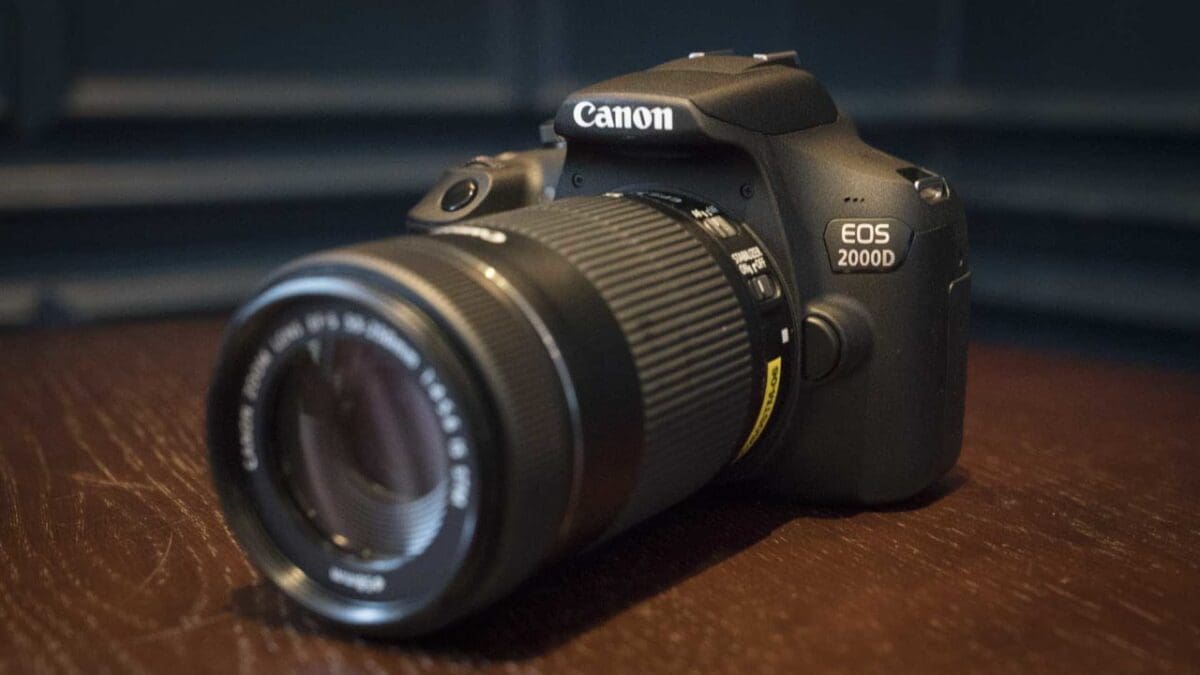
Known as the Canon EOS Rebel T7 in the US, the EOS 2000D is the replacement for the Canon 1300D (aka EOS Rebel T6) and boasts a 24-million-pixel sensor rather than the 18MP chip Canon had previously been using in its beginner cameras.
This sensor is paired with a DIGIC 4+ processing engine (the same as is in the 1300D). This enables a sensitivity range of ISO 100-6,400 (expandable to ISO 12,800) and a maximum continuous shooting speed of 3fps for 150 jpegs or 11 raw files. It’s also possible to shoot Full-HD (1920 x 1080) movies at 30, 25 or 24fps (frames per second) for up to 29 minutes 59 seconds.
While advanced exposure modes such as aperture priority, shutter priority and manual are available, Canon’s Scene Intelligent Auto mode and a collection of scene modes are on hand to help inexperienced photographers get good results easily.
There’s also a built-in features guide to help new photographers get to grips with their camera. However, it’s worth noting that the Guided Mode seen on the Canon M50 and EOS 800D / EOS T7i that simplifies controlling the camera is not available on this camera.
As an entry-level model, the 2000D doesn’t have ground-breaking technology, the most robust build or an especially extensive specification list, but it has beginner-friendly exposure modes as well as more advanced options that let you take control when you become more confident.
It’s a competent entry-level DSLR that produces good quality results. Priced at less than £500 / $500, the EOS 4000D / Rebel T7 is a solid choice for someone wanting to make their first steps in photography without committing too much money to the pursuit at this stage.
You can find a range of Canon EOS 2000D / Rebel T7 kit options at Amazon UK and Amazon US.
£369
$479For
- Simple controls
- Good detail levels
- Extensive lens range

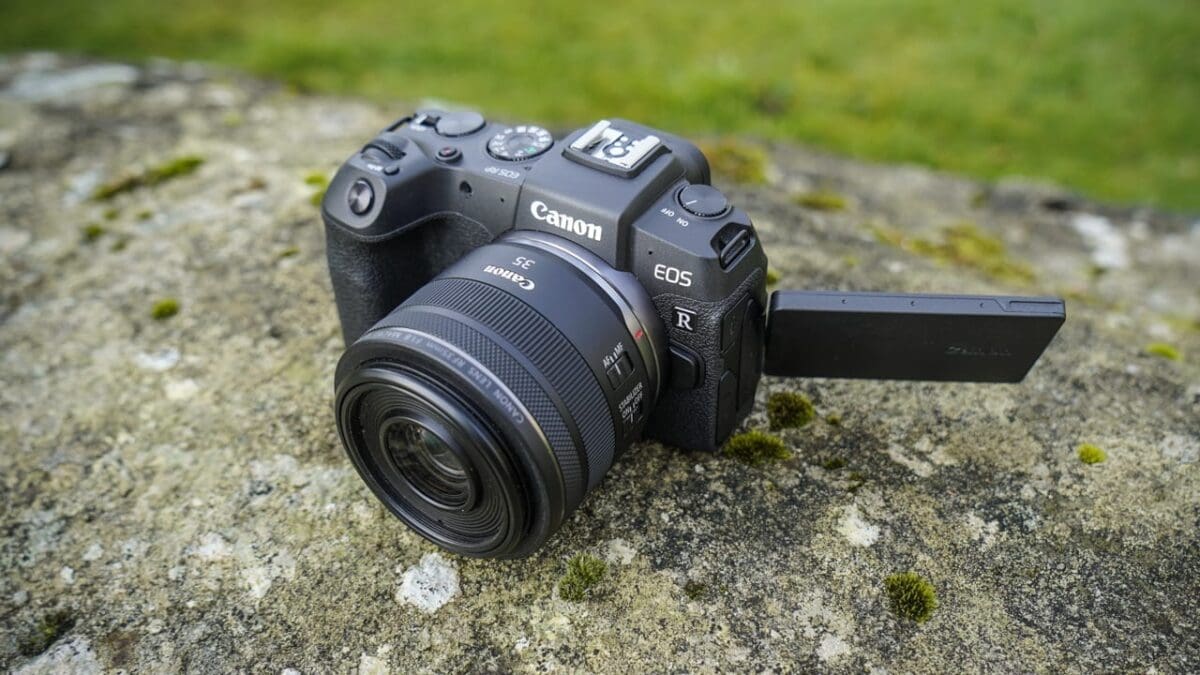



Leave a Reply
You must be logged in to post a comment.